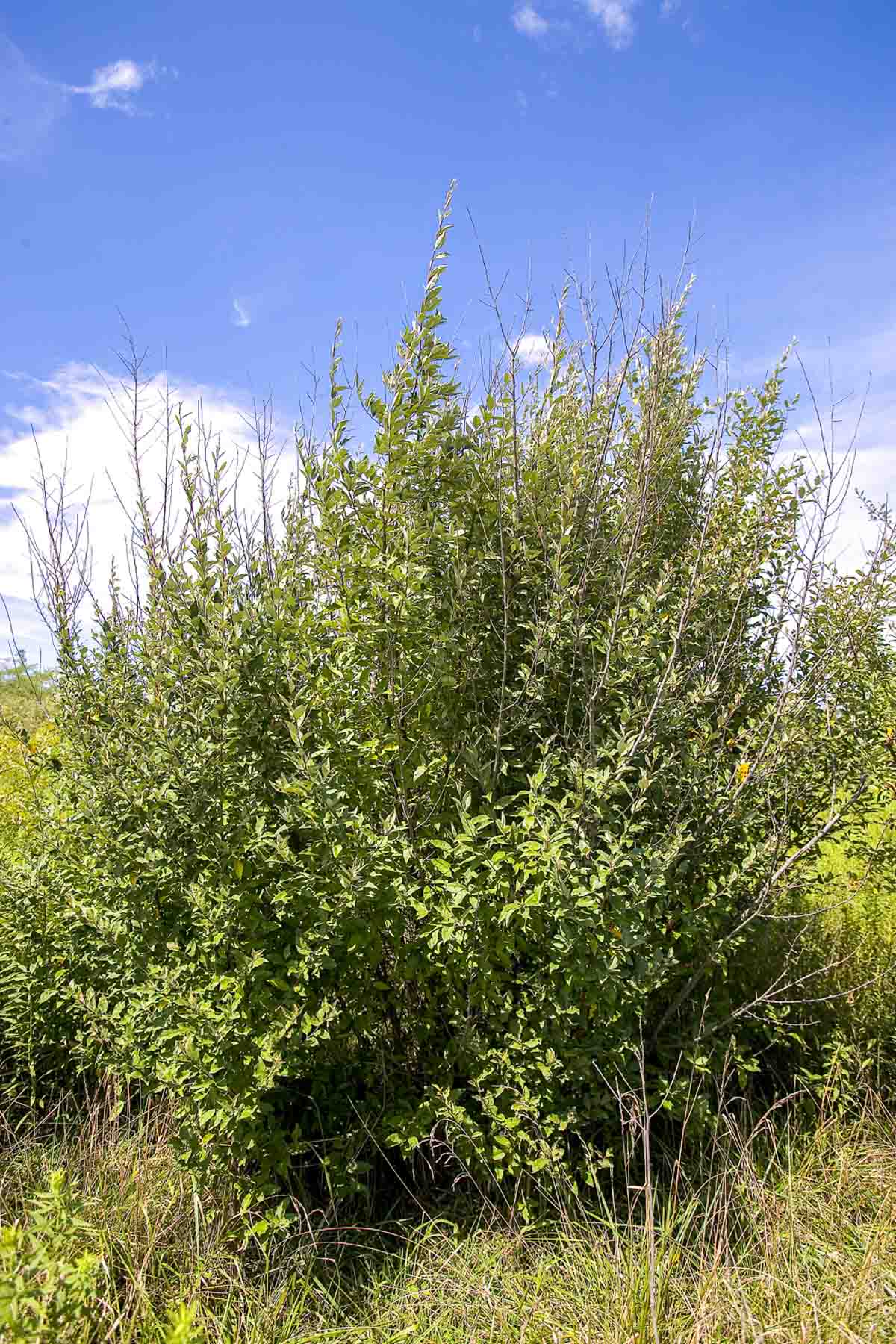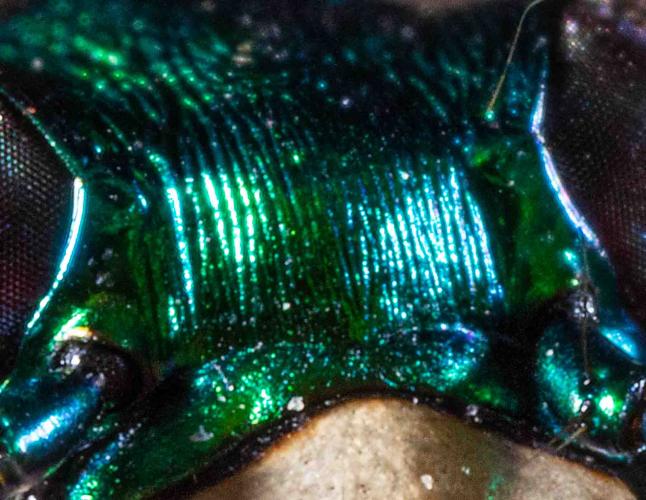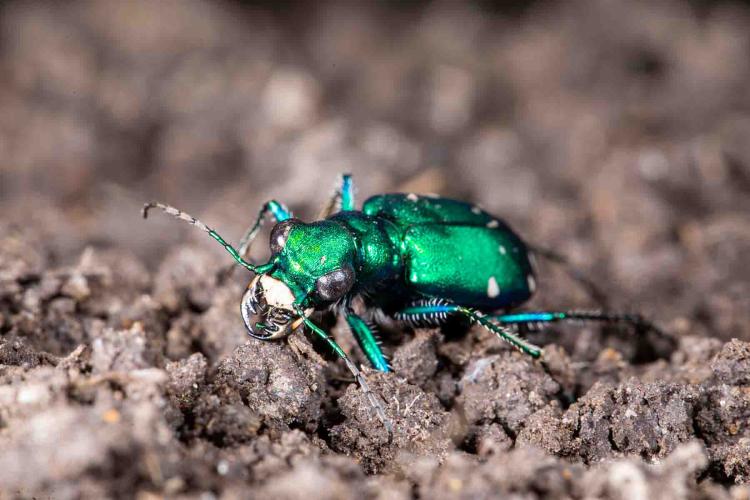Discover Fall Color
MDC offers fall color reports, best places to view changing leaves.
The peak of fall color in Missouri is usually around mid-October. This is when maples, ashes, oaks, and hickories are at the height of their fall display. Normally by late October, the colors fade and the leaves begin to drop from the trees. Fall color is usually finished by the middle of November.
The progression of color change usually starts earliest in northern and western Missouri and moves southward and eastward across the state. Generally, the color change is predictable, but it can vary from year to year. Much depends on the weather.
Find some of the best places to view fall color, related events, and a weekly update on how colors are looking throughout the state at short.mdc.mo.gov/ZVf.
Corporal Rob Sulkowski
Ste. Genevieve County
Conservation Agent
Fall turkey season is here, and whether your preferred method is archery or firearm, it’s a great time to be in the woods. Turkeys are usually vocal birds — famous for their gobbling calls — but they are quieter in the fall. You must work to find them. Get out and scout where you have permission to hunt. Once you’ve located birds, learn their patterns, and identify a location from which to hunt. Pack hunter orange for your walk into and out of the woods. For more information, including how to purchase your fall firearms or archery turkey permits, consult the 2022 Fall Deer and Turkey Hunting Regulations and Information booklet at short.mdc.mo.gov/4Tz.
Invasive nonnative species destroy habitat and compete with native plants and animals. Please do what you can to control invasive species when you landscape, farm, hunt, fish, camp, or explore nature.

Autumn Olive
Introduced in North America in the 1830s, autumn olive (Elaeagnus umbellata) is a nitrogen-fixing shrub or small tree native to East Asia. It grows rapidly, reaching 20 feet. Each plant produces several pounds of small, reddish pink fruit that is readily consumed by birds and small mammals.
Why It’s Bad
Autumn olive grows rapidly, thrives in poor soil, and its fruit is widely dispersed by birds. Its large size creates dense shade, prohibiting native plants from growing, while its nitrogen-fixing capabilities adversely affect the soils that native plants need to survive.
How to Control It
Early spring: Seedlings and sprouts can be hand pulled to allow removal of the entire root system along with above-ground growth.
Summer, fall, and winter: Cut the plant at ground level and apply herbicide to the entire cambium layer of the cut stump.
In fall: This shrub loses its leaves much later than other species, making it easy to notice.
Alternative Native Plants
Replace autumn olive with these native species:
- Hawthorns
- Plums
- Ninebark
- Hazelnut
- Serviceberry
- Dogwoods.




Six-Spotted Tiger Beetle
The six-spotted tiger beetle is probably the most familiar tiger beetle in Missouri. You can identify it not only by its shiny green color but also by its fastrunning and fast-flying behavior. Its larvae are pale and grublike, with six legs and strong pincers. They dig holes into the ground and rest near the entrance. Adults emerge in fall, hibernate in winter, mate, and lay eggs in spring.
And More...
This Issue's Staff
Editor - Angie Daly Morfeld
Associate Editor - Larry Archer
Photography Editor - Cliff White
Staff Writer - Kristie Hilgedick
Staff Writer - Joe Jerek
Staff Writer – Dianne Van Dien
Designer - Shawn Carey
Designer - Marci Porter
Photographer - Noppadol Paothong
Photographer - David Stonner
Circulation Manager - Laura Scheuler






















